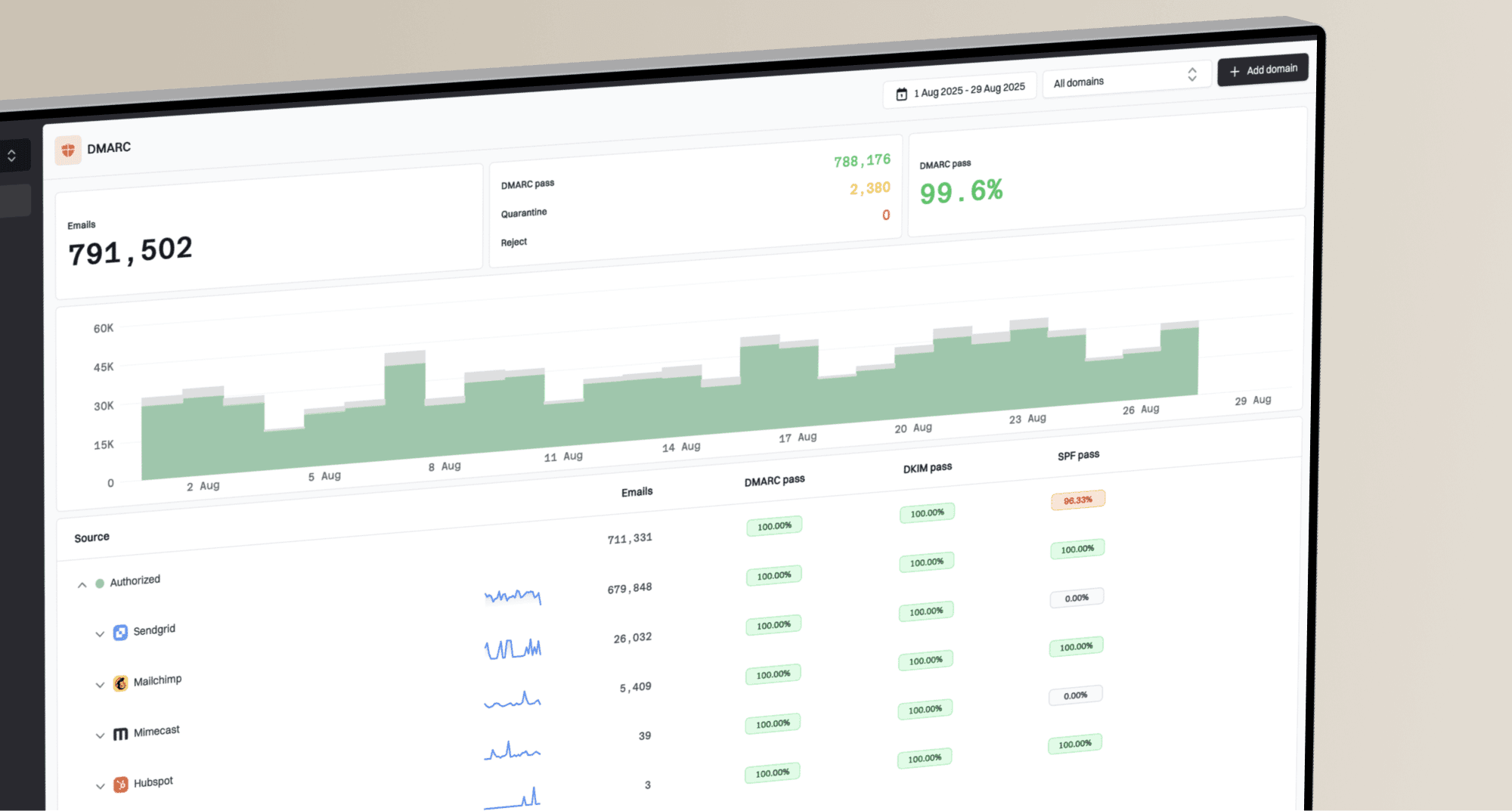It’s a frustrating feeling, isn't it? You’ve spent hours crafting the perfect email campaign. The copy is compelling, the design is sleek, and you hit "send" with high hopes, only to find out that a huge chunk of your emails never even made it to the inbox. They either vanished into the digital ether or, worse, were relegated to the spam folder.
Many people think deliverability is a dark art, a mysterious force controlled by the email gods at Google and Microsoft. But it’s not magic. It’s a science. In this guide, I’ll pull back the curtain and show you exactly why your emails are failing and what you can do to drastically improve your inbox placement in 2025.
The Unseen Hurdle: Understanding Email Deliverability
First, let’s get our terms straight. Email delivery is when an email is successfully accepted by the recipient's mail server. Email deliverability, however, is about where that email lands after it’s accepted. Does it go to the primary inbox, the promotions tab, or the spam folder? That's the million dollar question.
A high bounce rate is a clear sign of a delivery problem (e.g., invalid addresses), but low open rates can often signal a deliverability issue. Your emails are being delivered, just not to a place where they’ll be seen. This is often a silent killer of email marketing ROI.
The Foundation: Technical Authentication (SPF, DKIM, and DMARC)
If your email deliverability was a house, technical authentication would be its foundation. Without it, everything else will eventually crumble. The three key pillars here are SPF, DKIM, and DMARC.
- SPF (Sender Policy Framework): This is a DNS record that lists all the servers authorized to send email on behalf of your domain. It’s like a public list of your official mail carriers.
- DKIM (DomainKeys Identified Mail): DKIM adds a digital signature to your emails. This signature is verified by the receiving server, confirming that the email hasn’t been tampered with in transit. It’s like a tamper proof seal on a letter.
- DMARC (Domain-based Message Authentication, Reporting, and Conformance): DMARC is the protocol that ties SPF and DKIM together. It tells receiving mail servers what to do with emails that fail SPF or DKIM checks (e.g., let them through, quarantine them, or reject them). More importantly, it provides reports on who is sending email from your domain. This is where a tool like Suped becomes invaluable, as we help you interpret these reports and secure your domain from phishing and spoofing attacks.
Setting these up is no longer optional. Major inbox providers like Gmail and Yahoo have made it clear: if you’re a bulk sender, you must have these authentications in place. For a deeper dive, you can read our post on
what DMARC is and why it's essential.
Your Reputation Precedes You: IP and Domain Health
Every email you send contributes to your sender reputation, which is tied to both your sending IP address and your domain. Internet Service Providers (ISPs) like Gmail use this reputation score to decide how trustworthy you are. A bad reputation means a one way ticket to the spam folder.
Factors that hurt your reputation include high bounce rates, spam complaints, and sending to spam traps (email addresses used to identify spammers).
If you’re starting with a new IP or domain, you need to "warm it up." This means starting with a small volume of emails sent to your most engaged subscribers and gradually increasing the volume over several weeks. This process shows ISPs that you're a legitimate sender building a positive history. Rushing this is one of the most common mistakes I see new senders make.
It’s Who You Know: List Hygiene and Engagement
You could have perfect technical setup and a great reputation, but if your email list is unhealthy, your deliverability will suffer. Never, ever buy an email list. It’s a fast track to getting blacklisted. Purchased lists are often full of invalid addresses and spam traps.
Instead, focus on these hygiene practices:
- Use Double Opt-In: When a user subscribes, send a confirmation email they must click to be added to your list. This ensures you’re getting valid, engaged subscribers.
- Clean Your List Regularly: If a subscriber hasn’t opened one of your emails in the last three to six months, consider sending them a re-engagement campaign. If they still don't interact, it's time to remove them. It's better to have a smaller, engaged list than a large, inactive one.
- Make Unsubscribing Easy: Hiding the unsubscribe link is a terrible idea. If people can’t easily opt out, they’ll mark your email as spam, which is far more damaging to your reputation.
Ultimately, ISPs want to deliver emails that their users want to receive. High open rates and click-through rates are powerful positive signals. As this guide from
Litmus explains, subscriber behavior is a massive factor in deliverability.
Content is King, But Deliverability is the Kingdom
Finally, the content of your email matters. Spam filters are sophisticated and analyze everything from your subject line to your image-to-text ratio.
- Avoid Spammy Language: Words like "Free," "Win," and "Act Now," especially when combined with excessive punctuation or all caps, are red flags.
- Balance Images and Text: An email that is just one large image is a classic spammer tactic. Aim for a healthy balance, typically around 60% text and 40% images.
- Use a Reputable Link Shortener (or None at All): Some link shorteners are associated with malicious activity. It’s best to use full URLs or a custom branded shortener.
- Optimize for Mobile: Most people read emails on their phones. Ensure your emails are responsive and easy to read on a small screen.
Email deliverability is an ongoing process of building trust. It’s about proving to ISPs and your subscribers that you are a legitimate sender providing valuable content. By focusing on a strong technical foundation, maintaining a stellar sender reputation, practicing good list hygiene, and creating quality content, you can stop your emails from failing and start reaching the inbox, every time.



